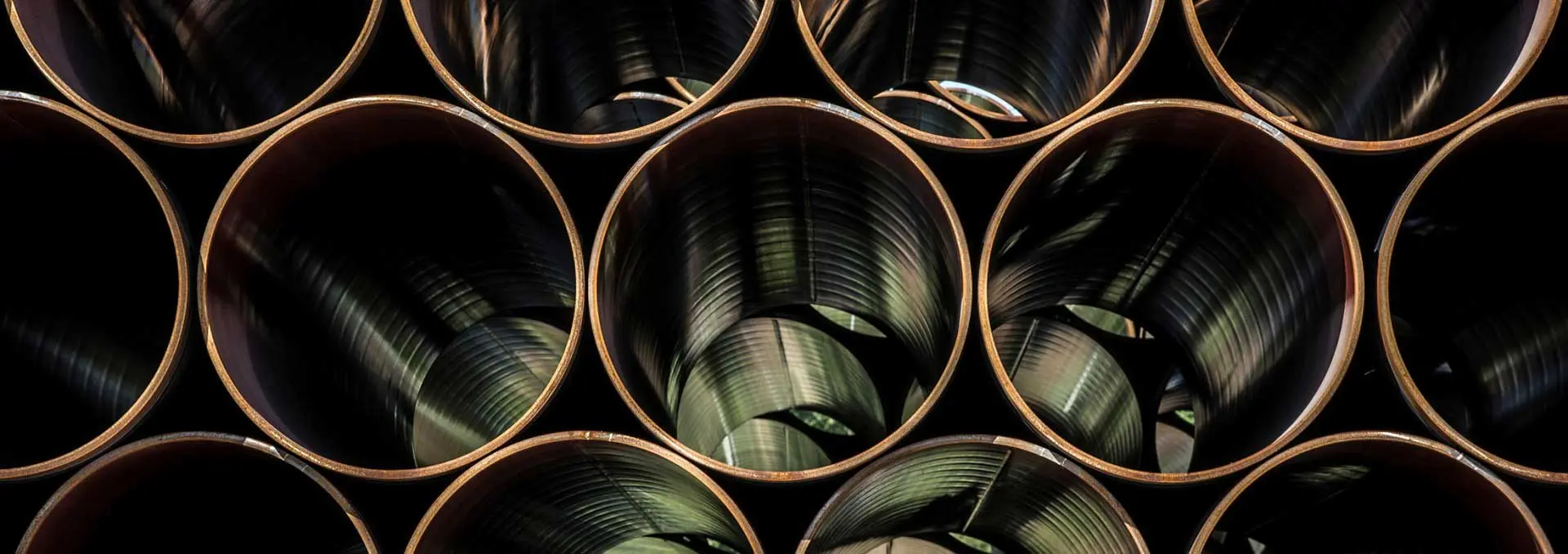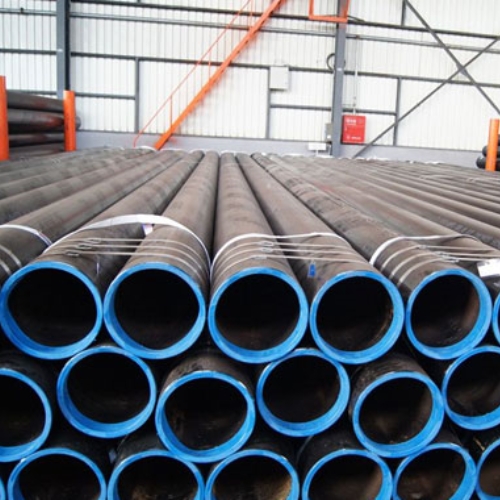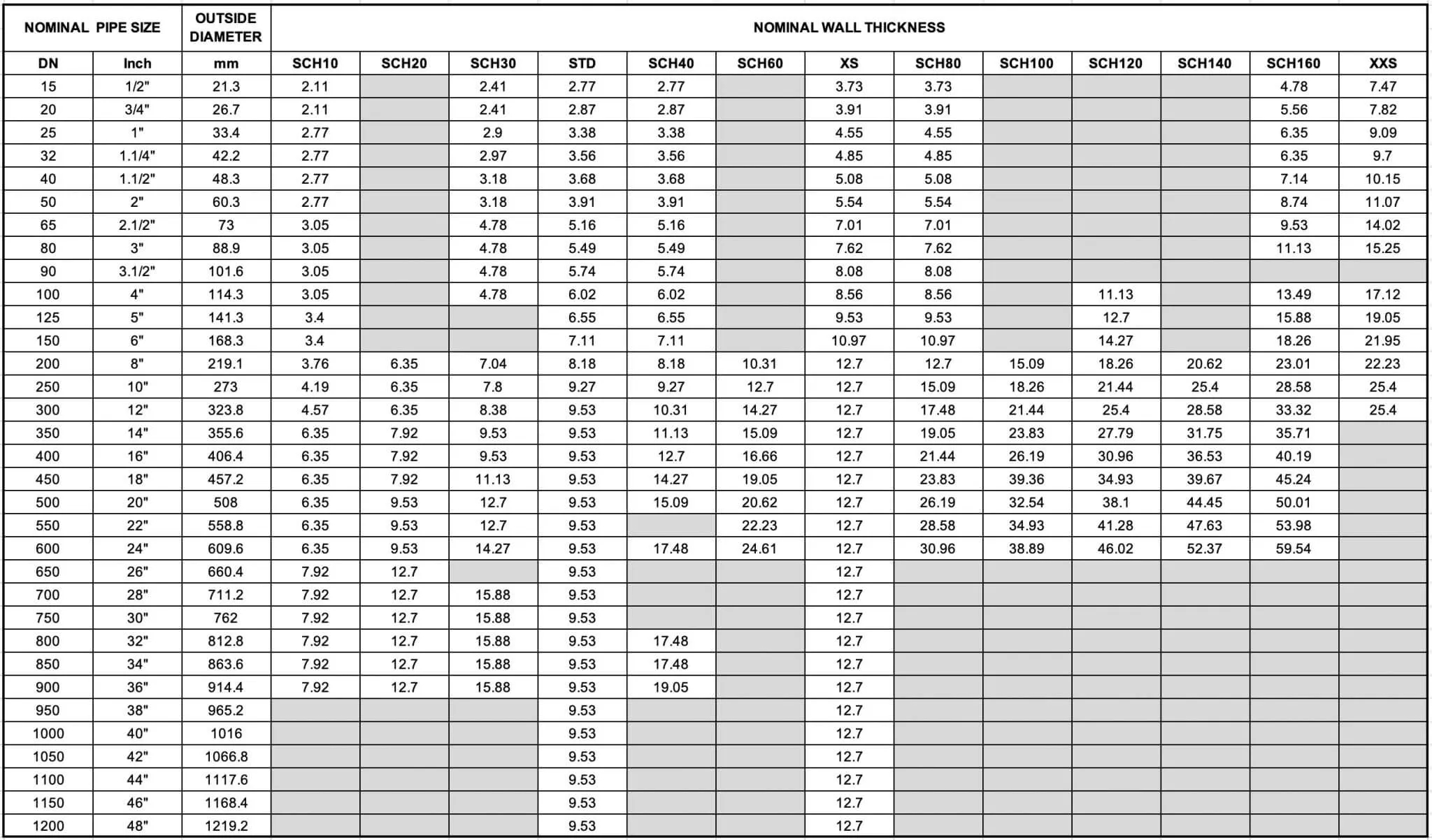Hydrostatic testing is a key quality control step during the production of API 5L line pipe. The hydro-test involves filling the pipe with water and then subjecting it to pressure to check for leaks. During the test, special attention is paid to the weld seam, as this is the weakest point in the pipe body. The hydro-test is an important way to ensure that the steel pipe meets the required standards for strength and durability. Hydrostatic testing is a key quality control step during the production of API 5L line pipe. The hydro-test involves filling the pipe with water and then subjecting it to pressure to check for leaks. During the test, special attention is paid to the weld seam, as this is the weakest point in the pipe body. The hydro-test is an important way to ensure that the steel pipe meets the required standards for strength and durability. Hydrostatic testing is a key quality control step during the production of steel line pipe for API 5L – which specifies requirements for the manufacture of line pipe used in conveying oil, gas, and water in petroleum industries.
- Bending Test
The bending test is an essential test during API 5L line pipe production. It is mainly to check if there is any crack on the welding seam of the line pipe. The crack is then inspected to see if it meets the requirements for API 5L line pipe production. If the crack does not meet the requirements, the pipe is rejected and a new sample is taken. This test is very important because welding seam crack will cause oil or gas leakage during transportation.
- Flattening Test
The flattening test is performed during the production of the API 5L line pipe. The purpose of the test is to check for any cracks in the steel pipe or welds. A sample of the pipe is placed on a flattening machine, and a wheel is rolled over it to deform the material. The deformation is then measured along both the longitudinal and circumferential axes. The results of the test are used to determine the quality of the pipe and ensure that it meets all safety requirements.
- CVN Impact Test
The impact test is a mandatory test during the production of steel pipes according to the API 5L specification. The test is conducted on three different positions of the steel pipe: the pipe body, the welding seam, and the heat-affected zone. The purpose of the impact test is to check the Charpy V-Notch (CVN) values of the steel in these three positions. The CVN values are important indicators of the steel’s toughness and resistance to brittle fracture. The impact test is usually conducted at a temperature of -20°C (-4°F).
- DWT Test for PSL-2 Welded Pipe
In the oil and gas industry, large diameter steel pipe is used for a variety of applications, such as transporting crude oil and natural gas. To ensure that these pipes meet the required standards, they must undergo several tests, including the DWTT test. DWTT stands for Drop-Weight Tear Test, and it is used to assess a pipe’s fracture toughness. The test involves dropping a weight onto the pipe, which causes it to fracture. The resulting fracture is then examined to determine the amount of energy required to cause the break. This information is then used to assess the pipe’s suitability for use in high-pressure applications. The DWTT test is just one of many tests that are conducted on large diameter steel pipes during the production process.

 English
English Español
Español




 Tel : +86-18565811709
Tel : +86-18565811709 Email :
Email : 








